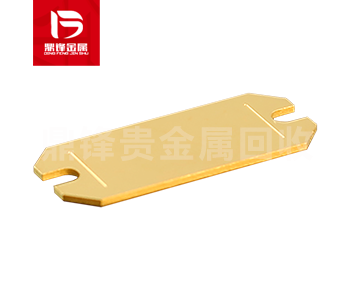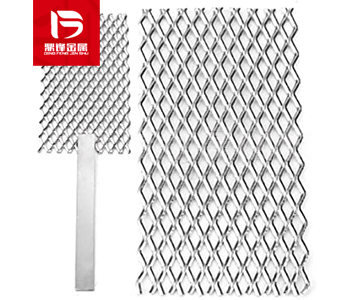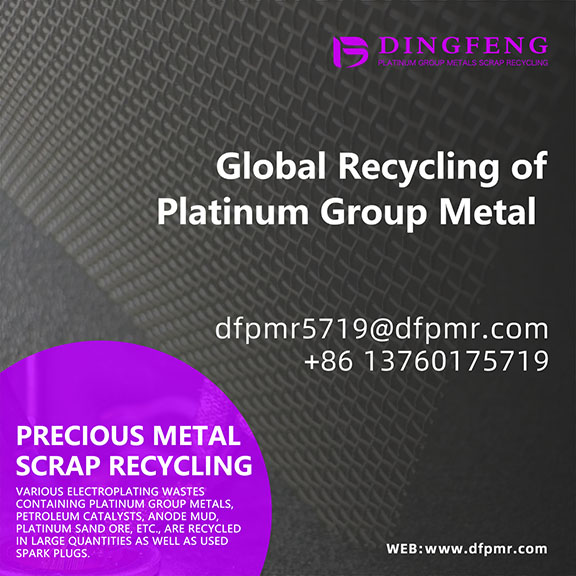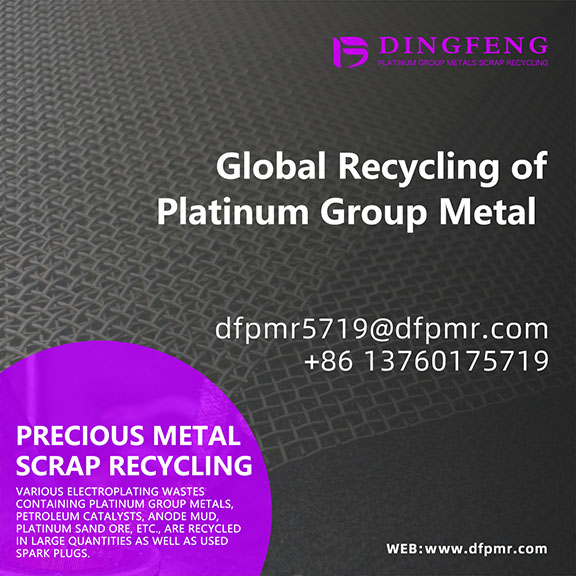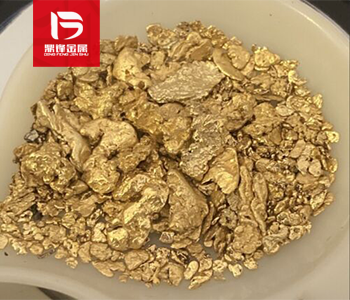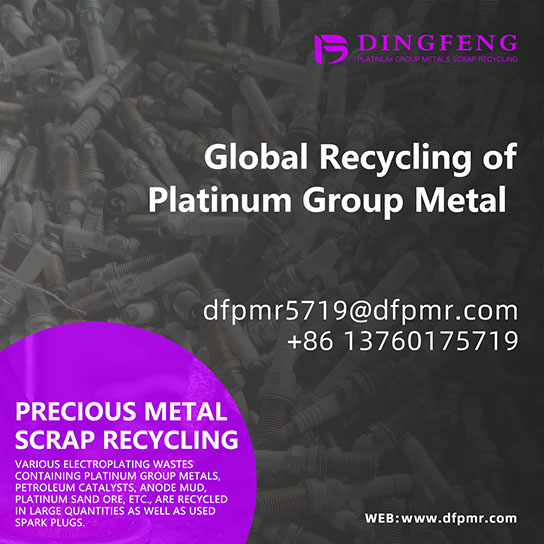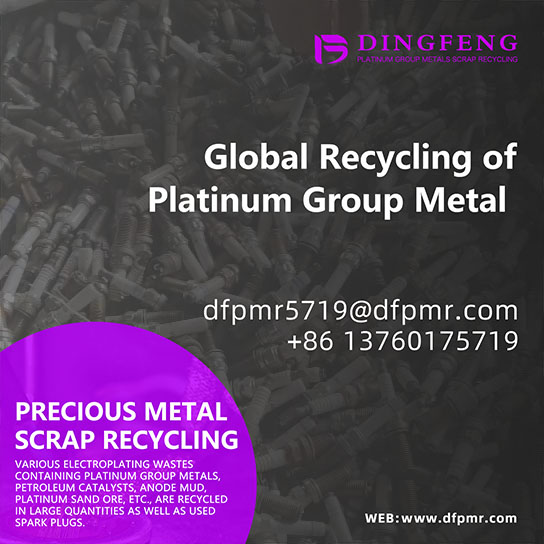Electroplating gold recycling_ Gold Plated Plate Recycling Price_ Precious metal recycling and refining manufacturers
The process of gilding plates can be traced back to ancient Egypt in 2600 BC. This craft spread to ancient Greece, Rome and other places. Craftsmen used materials such as fire paint and linen to apply metal powder on bronze vessels.
Product Details
1、 The History and Inheritance of Gilded Plates
The process of gold-plated plate can be traced back to Ancient Egypt in 2600 BC. At that time, people pasted gold foil on wood, stone, or ceramics to create magnificent decorations and statues. Over time, this craft spread to ancient Greece, Rome, and other places, becoming a symbol of the upper class society at that time. In China, the origin of gold plating technology can be traced back to the Spring and Autumn Period and the Warring States period. At that time, highly skilled craftsmen used materials such as lacquer and linen to apply metal powder on bronze vessels, giving them the beauty of gold. After the Tang Dynasty, gilded plates gradually became popular in China and became a favorite handicraft among the royal family and literati.
2、 The production process of gold-plated plates
There are two main methods for making gilded plates: hot plating and electroplating.
Hot plating: This is a traditional handmade method. Firstly, melt the metal into gold foil, and then attach it to the substrate (such as wood, stone, or ceramics). To increase adhesion, a special layer of adhesive can be applied to the substrate to make the gold foil adhere more firmly to the surface.
Electroplating: This is a modern manufacturing method. Place the substrate in a solution containing gold ions and deposit the gold ions on the surface of the substrate through an electric current, forming a layer of gold film. This method has the characteristics of high production efficiency and strong adhesion, and has become the mainstream technology in the production of gilded plates today.
3、 Application Fields of Gold-plated Plates
Gold-plated plates are widely used in fields such as architecture, home furnishings, jewelry, handicrafts, etc. Among them, the application in the field of architecture is particularly significant, with many ancient temples, churches, and palaces decorated with gilded plates. For example, the Grand Palace in Thailand, the Grand Pagoda in Myanmar and the Palace of Versailles in France are all representative works of gilding techniques. These buildings attract tourists from all over the world with their magnificent appearance, showcasing the brilliance of human civilization. In the field of home furnishings, gilded panels are used to decorate furniture, hang paintings, mirror frames, etc., adding a luxurious atmosphere to the interior space. In addition, gilded jewelry and handicrafts have also been favored by consumers, such as gold inlaid jade, metal sculptures, etc., which have both collectible and ornamental value.
Waste gold-plated plates are one of the sources of gold plating waste recycling, which includes gold plating needle recycling, gold plating electronic foot recycling, gold plating screw recycling, gold plating copper tube recycling, gold plating cable recycling, gold plating circuit board recycling, etc. If you have any demand for gold plating waste recycling, please call our 24-hour service hotline. Dingfeng Precious Metal Recycling and Refining Factory has its own recycling and refining factory, and there are no intermediaries to earn price differences. Our professional technical team and customer service personnel provide one-on-one services to ensure customer privacy during the recycling process.


